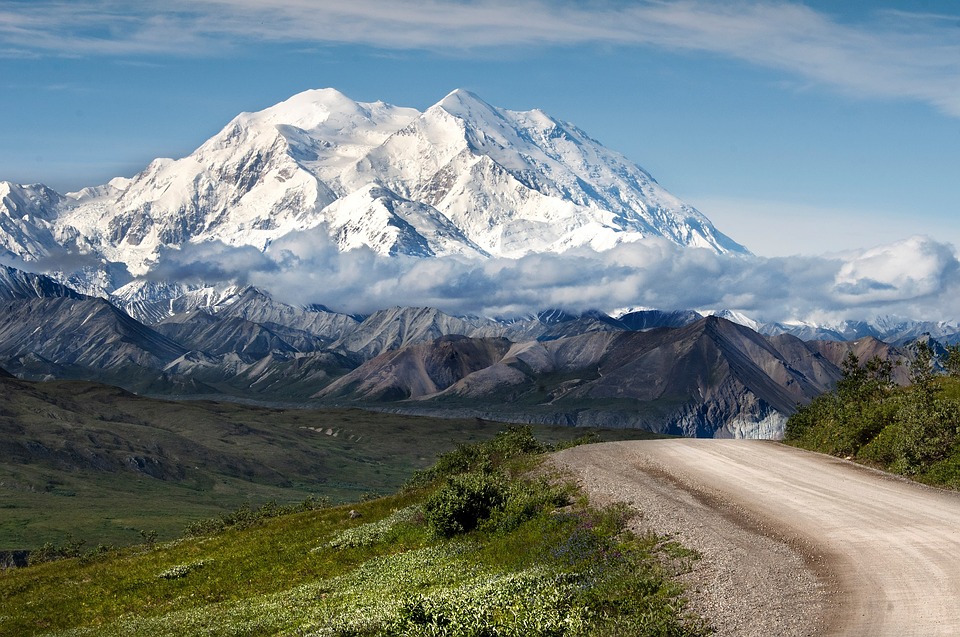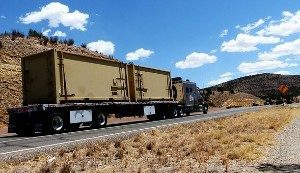Trucking has its dangers. From long hours to unaware drivers, the roads can be difficult to navigate. None have it as hard as those who make it their job to ship to Alaska. Traversing the barren land that is the Arctic North can be some of the most difficult driving in the world. From long stretches of empty road to thieves and animals, truck drivers who ship to Alaska are some of the hardest drivers on Earth.
Road Conditions
From the Canadian border to the actual state, getting to Alaska is a trek. Conditions are rarely optimal. In the winter, roads are often simply shoveled out over long stretched of frozen lakes. Sometimes there can be weak spots in the ice and a trucker can very quickly find themselves in a bad spot if the ice breaks. Every year there are reports of truckers being stuck under the ice with no way to escape. Unfortunately, this typically results in death.
Springtime can be even worse. Multiple routes (even highways) rarely receive pavement due to the harsh conditions of the terrain. When the winter thaws out and springtime comes in, the melted snow will wash everything away. From large spots of mud to almost no road at all, truck drivers still move forward through these conditions. Getting stuck in the mud with limited resources at a driver’s disposal can be disastrous.
Wildlife Dangers
Let use an example from the above section. Spring! We love it. The snow beings to melt and things appear to be more cheery. That is, of course, unless your semi gets stuck. It will be some time before another party shows up to bail a driver out. An immobile driver will face wildlife dangers. Spring means a lot of animals are waking up from hibernation and they’re hungry. Bears can often find a trucker cab and smell the food inside. There have been reports of stuck drivers who wake up to find bears, wolves, and coyotes outside of their cab looking for a snack.
Dangers From Low Supplies
While moving from the Canadian border to Alaska and beyond, truck drivers are facing the issue of low supplies. Now that COVID-19 has become a global pandemic, even fewer supply chains, and food stores are available for those moving north. With many shut down, truckers face even harsher operations. This puts truckers at even greater distances between supply stations.




